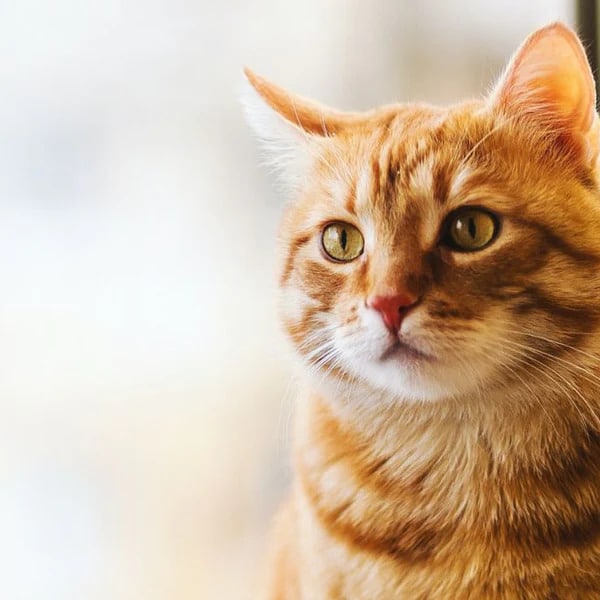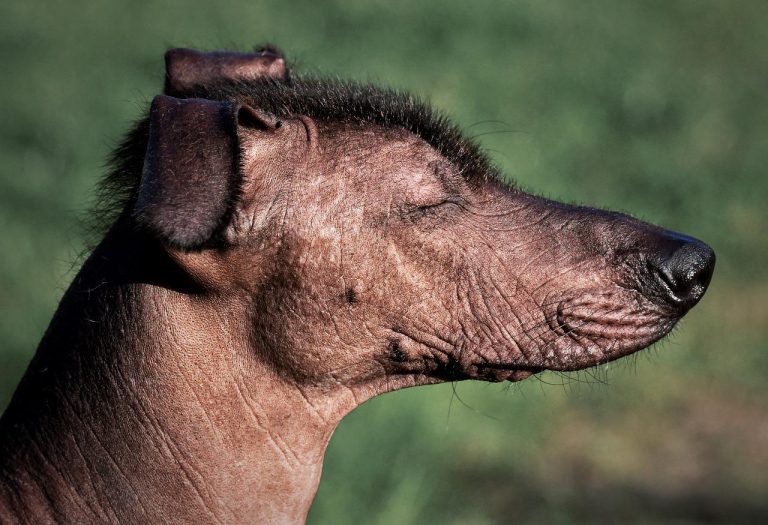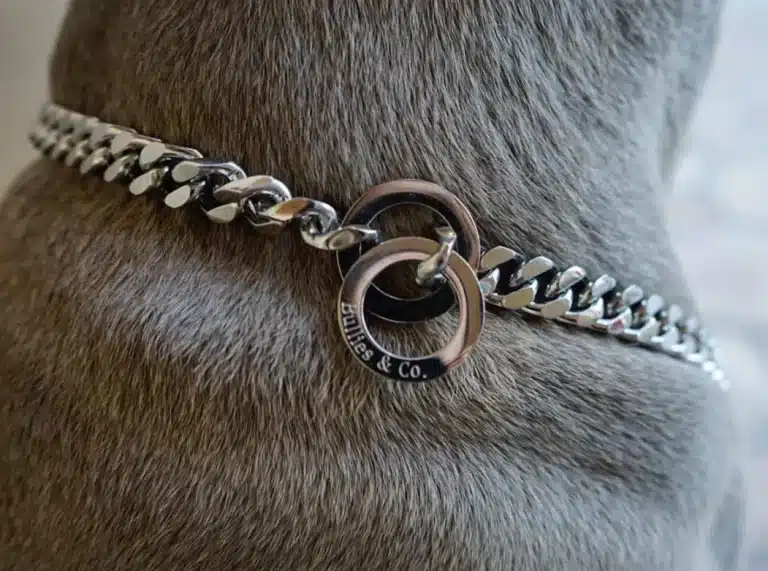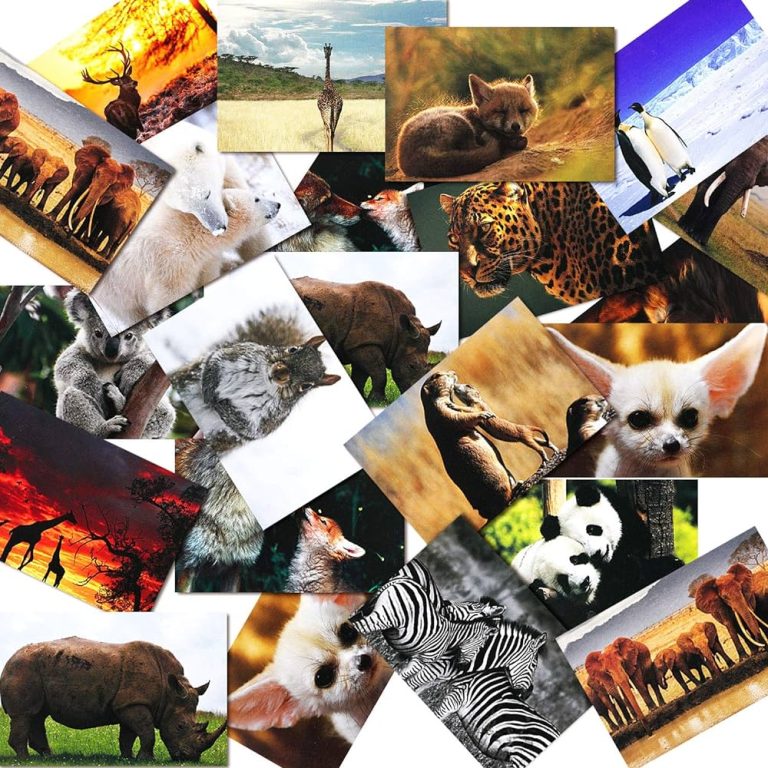Cat Age Calculator: Know Your Cat Age in Human Years
Who isn’t familiar with the human years, but have you ever heard of cat years? Well, a few of you may have heard about it, but for many, it will be surprising that cats have their calendar. Well, cats’ age is indeed different from humans’, and there are assumptions like one cat year equals 7 human years, but that isn’t true.
So, what are cat years? How many cat years make up a human year? How does this work, or is it calculated? What are the underlying facts that decide the same? Are you curious enough and want to know the answer to the questions mentioned instantly? Don’t worry; we won’t test your patience.
Read until the end to get deep insights on cat years, and all your queries will be resolved.
Let’s explore!
What Is a Cat Year?
A cat year doesn’t mean cats have their calendar, but it’s a concept that equates a cat’s age to human years. The need behind it is to understand a cat’s life stage and, hence, the required level of care.
Before we move on, remember it’s just a rough way to estimate a cat’s age in human terms; there isn’t an established method for conversion of the same.
How Do Cat Years Work?
There are two methods to convert cat years to human years, the first one being the ‘seven-year rule,’ which is quite popular and suggests that a cat year equals 7 human years. However, this is quite an inaccurate way of understanding the same. Firstly, a cat’s age and human age aren’t linear, and further, there isn’t any appropriate definition for taking one cat year equal to 7 years.
The American Association of Feline Practitioners has developed a more accurate method for cat versus human years. Here is a rough guide on calculating a cat’s age in human years.
- One cat year is equal to 15 human years, and two cat years are considered to be equal to 24 human years. This means that a one-year-old cat is 15, and a 2-year-old cat is about 24 years in human years.
- After the first two years, with an increase in each cat year, there is approximately an increment equal to four human years. Therefore, a three-year-old cat will be 28 years of age in human years, and a four-year-old cat will be equal to 32 years in human age. Below is a table which helps you better understand the same.
Conversion Chart for Cat Years to Human Years
|
Cat Years |
Human Years |
|
01-1 month |
0-1 year |
|
2 months |
2 years |
|
3 months |
4 years |
|
4 months |
6 years |
|
5 months |
8 years |
|
6 months |
10 years |
|
7 months |
12 years |
|
12 months(1 year) |
15 years |
|
18 months |
21 years |
|
2 years |
24 years |
|
3 years |
28 years |
|
4 years |
32 years |
|
5 years |
36 years |
|
6 years |
40 years |
|
7 years |
44 years |
|
8 years |
48 years |
|
9 years |
52 years |
|
10 years |
56 years |
|
11 years |
60 years |
|
12 years |
64 years |
|
13 years |
68 years |
|
14 years |
72 years |
|
15 years |
76 years |
|
16 years |
80 years |
|
17 years |
84 years |
|
18 years |
88 years |
|
19 years |
92 years |
|
20 years |
96 years |
|
21 years |
100 years |
|
22 years |
104 years |
|
23 years |
108 years |
|
24 years |
112 years |
|
25 years |
116 years |
How to Know a Cat’s Exact Age?
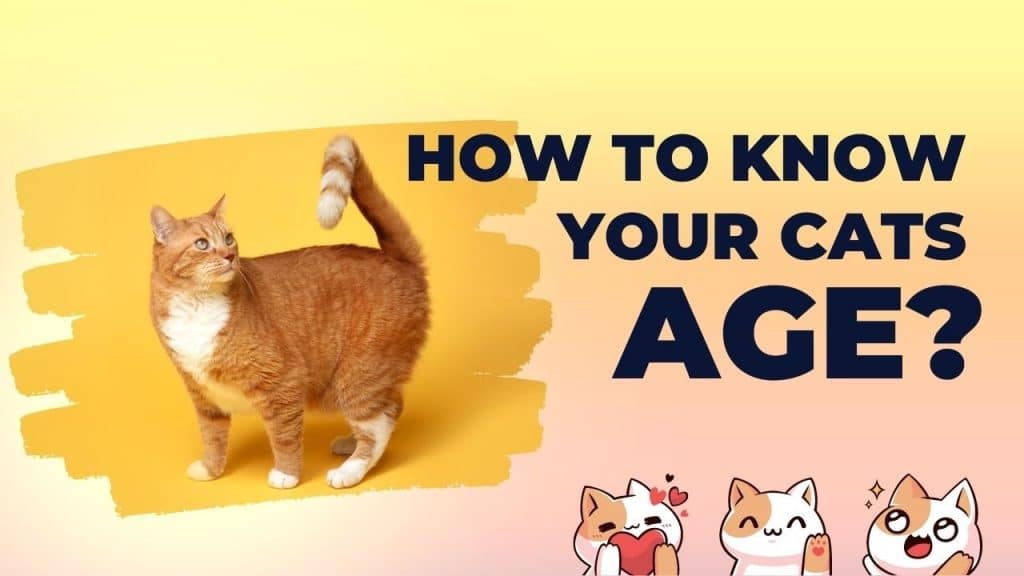
It isn’t easy to know a cat’s years or exact age, especially when you don’t know its birth date. However, there are 4 tried and true methods to know your cat’s roundabout age.
The listed points below will enlighten you on the same:
1. Teeth Examination
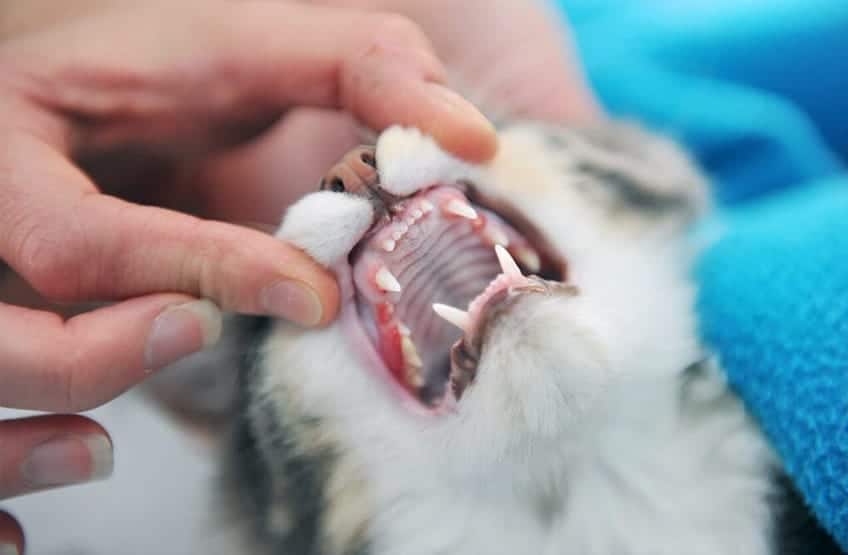
Checking your cat’s teeth can tell you about its age, simply because cats’ teeth change with age. But remember, this method yields accurate results only up to a certain age.
- Kittens: Basically, baby cats between 0-6 months. During this period, the teeth are white and sharp, and the teeth are 26.
- Young adults: This includes all the cats aged between 7 months to 2 years. Permanent teeth in cats start or show up from around 4 months, and by the time they are 7 months, most of the adult teeth are present.
- Adults: Entails all the cats who are between 3 yrs to 6 yrs. During this period, the teeth show some wear and tartar buildup.
- Middle-age: All the cats are between 7 to 10 years of age. Their teeth may become slightly worn with a somewhat yellowish appearance.
- Senior: Cats over 11 years of age fall under this category. Usually, their teeth are more worn than middle-aged, have tartar build-up, and have a high probability of some tooth loss.
2. Eye Test
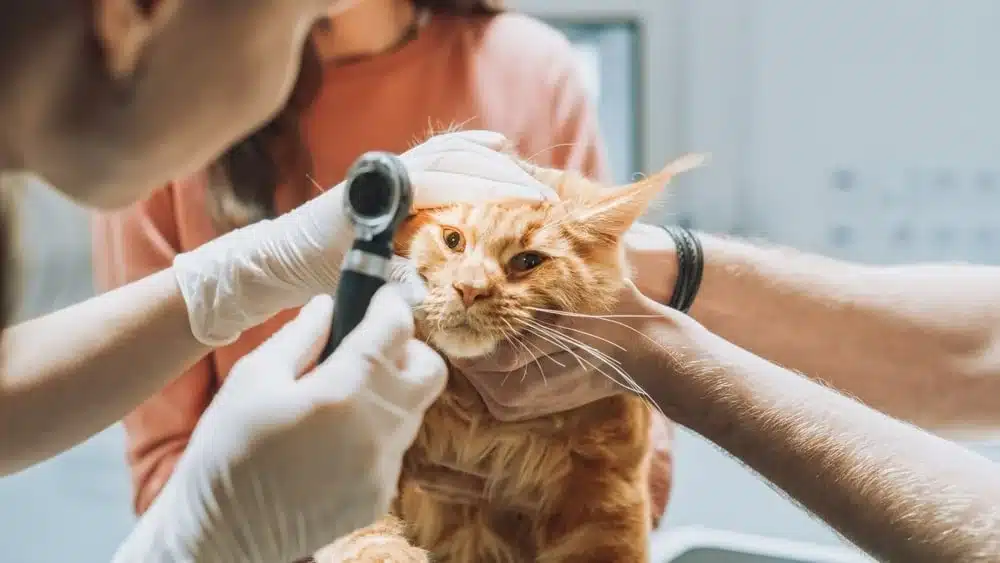
Cats’ eyes change with age; as they grow older, their eyes seem to be cloudy or show other changes accordingly. Generally, kittens and young cats have bright and clear eyes, whereas older cat’s eyes seem to be of bluish or grayish appearance.
3. Coat and Fur
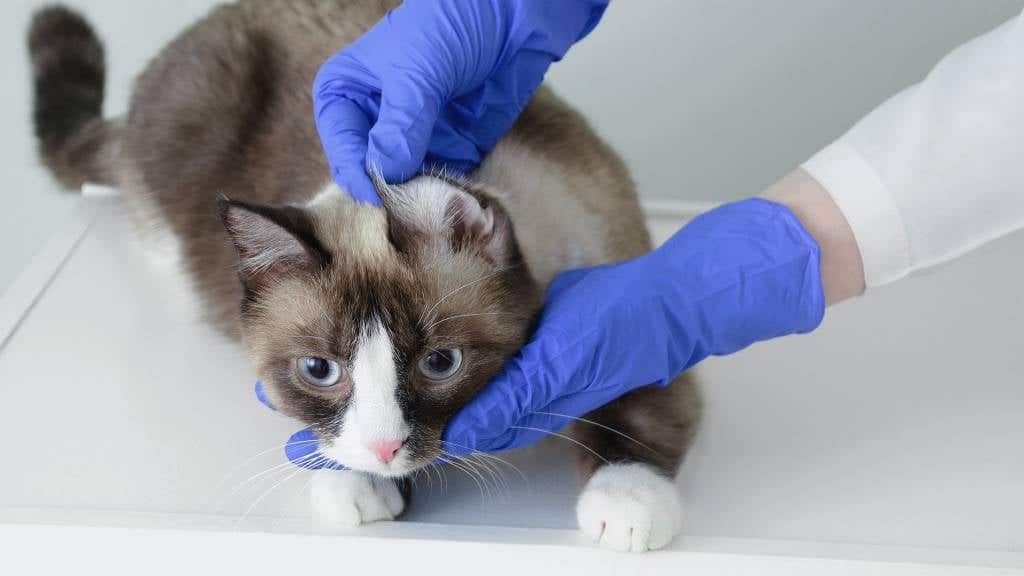
Your cats’ fur condition can give you some hints about their age. If your cat is a kitten or young, that is between 0 to 2 years it will have soft and shiny fur. In contrast, if it is older, it may have a duller coat with some grayish appearance on its face.
4. Body Condition and Behaviour
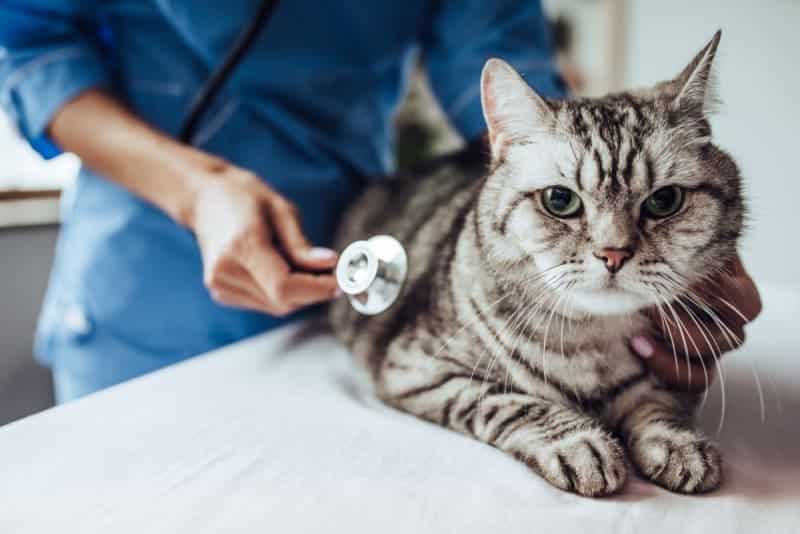
Younger cats have a more muscular and lean body, while older cats generally suffer from muscle atrophy and pose a less toned appearance. Regarding behavior, younger cats are active, but older cats aren’t, as they suffer from joint issues.
What Is the Lifespan of Cats?
On average, cats live for anywhere between 10 to 13 years. As they grow or age, significant changes in their health activities and behavior are noticed. Remember, how long a cat will live depends on several factors, like what breed they belong to, their genetics, what food they are getting, and more. Here is a list of factors that will provide you with a deep insight into the same.
- Breed: Lifespan depends upon the cat breed; some breeds are known for their longevity, while others are prone to some health issue that generally decreases their lifetime.
- Genetics: As with other organisms, genetics play a key role in the surrounding lifespan. Therefore, what a cat’s inherited from their previous generation has a great impact on their overall health and hence their lifespan.
- Diet: What kind of nutrition or diet a cat gets greatly impacts its lifespan. A well-balanced and appropriate diet generally leads to a longer and healthier life, and that’s the main reason why indoor cats survive more than outdoor cats.
- Activity: It has been found that physically active cats generally live long and healthy. Simply because they refrain from conditions like obesity and other health problems.
- Stress: It’s true that animals also face stress and anxiety, and cats aren’t an exception. Stress negatively affects cat health, which can threaten their lifespan.
Best Tips to Increase Cats’ Life Expectancy
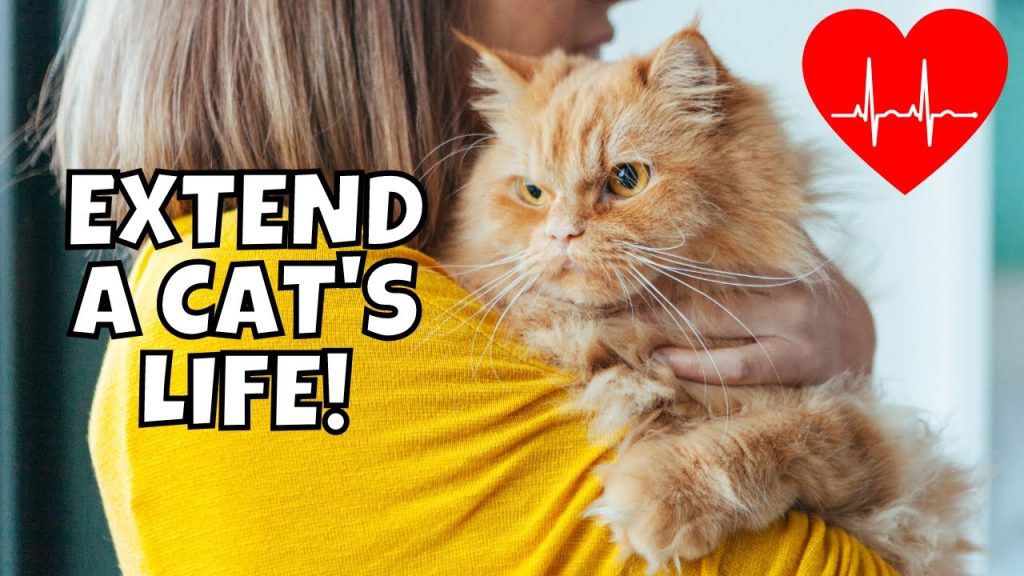
- Keeping your cat indoors helps provide a safe environment, hence protecting your cat from disease, pests, and any expected events such as accidents.
- Opt for high-quality food that is rich in meat; this is essential to provide nutrients like taurine, which supports their overall health and longevity.
- Provide enrichment like regular playing and mental stimulation that help fulfill your cat’s needs, enhancing overall well-being and extending their life.
- Neutering your cat helps to control their population, prevents them from diseases, and might increase your pet’s life.
- Regular checkups with a certified veterinarian help detect any disease early and treat many health issues, ensuring a longer life for your cat.
- Many times, dental hygiene creates health issues, reducing life span; therefore, good oral care is required to refrain from such situations.
- Maintain a feeding schedule; this will help control your cat’s weight. Further, ensure it drinks clean water; both add to a longer life.
- Avoid your cat’s boredom by providing them with toys and engaging them in activities that release stress; this will help support a longer life.
- Engage your cats in regular exercise; this will help reduce the risk of obesity and increase life expectancy.
When Do Cats Reach Maturity?
Cats’ years when they reach their maturity is between 6-9 months of age. However, this may vary slightly depending on the cat’s breed, diet, genetics, and health. Maturity in cats is divided into two categories, namely, sexual maturity and physical and behavioral maturity.
Sexual Maturity: It is the state or maturity period when the cats become capable of reproduction. Sexual maturity arrives in female cats, often called queens, between 5-9 months of age (in cat years), but the male cats or toms reach sexual maturity a bit later, generally around 9 months or more. Though cats sexually mature early, it isn’t advisable to allow them to reproduce until they mature physically and mentally.
Physical and Behavioral Maturity: It is the period cats’ years of age when they fully develop physically. This may vary from breed to breed, but on a general note, most cats reach their physical maturity between 1-2 years.
Comparison Between Indoor and Outdoor Cats’ Life Span

The average lifespan of indoor cats is usually longer than outdoor ones. Well, the lifespan difference is marked by several factors, including safety, health, and more.
Here are the points enlightening the same:
1. Safety
Outdoor cats are susceptible to many dangers, such as accidents, predators, and animals. All these increase their chances of injuries or fatalities, decreasing lifespan. In contrast, indoor cats don’t face or are protected from many of these kinds of dangers.
2. Disease and Parasites
Many outdoor cats are frequently found with diseases and parasites. Their life span decreases because they come in contact with other cats and environments where pathogens play a great role. However, indoor cats are generally protected from such diseases. Further, they receive vet care from time to time.
3. Food
Outdoor cats eat any food and may even prey on animals, which makes their diet unbalanced. On the other hand, indoor cats are fed a proper diet according to their age and breed, reducing the risk of any health issues and increasing their life expectancy.
4. Weather Conditions
Outdoor cats are frequently victims of extreme weather conditions, which often lead to conditions like hypothermia or heat stroke, depending upon the climate. However, indoor cats are well sheltered; hence, they avoid facing such extreme conditions to live a better and healthier life.
5. Stress
Feline experts say outdoor cats generally have higher stress levels because of disputes, mating behaviors, and fighting for resources like food and shelter. In comparison, indoor cats have a more stress-free environment.
4. Veterinary Care
Indoor cats receive regular vet care such as vaccination, treatment against any disease, and early detection of health issues. Outdoor cats rarely receive such kind of medical attention.
Conclusion
All in all, cat years is a widely known concept to know cat’s age in human years. However, knowing the cat years in human years helps to know about their age-related health issues, ensuring their proper development and growth. Further, they help you to provide the best care possible when they have become seniors. This is sometimes helpful in increasing the life expectancy of cats.
Hope the article helped you in understanding cat years to full potential and in calculating the same. If you have any queries, share them in the comment below, and we’ll resolve them at the earliest.
What’s your cat breed? Are you able to calculate its age in human years?
Frequently Asked Questions
How to Convert Cat Years to Human Years?
Converting a cat’s years to human years is easy; you only need to remember the basic formula that the first two cat years are equivalent to 24 human years. Further, with each increasing number of cat years, human years see an increment of 4 years. For example, a 5-year-old cat will be 36 years of age in human years.
Do Cats Age Faster in Their Early Years?
Yes, cats age faster in their early years simply because of their rapid growth and development. During the first two cat years or 24 human years, a cat faces the most significant life changes, making them mature quickly. However, as their age increases, these rates gradually slow, aligning closely with human years.
Do All Cat Breeds Age at a Similar Rate?
Not all cat breeds don’t age at a similar rate. However, they undergo the same aging process; genetics, size, and health influence the rate. Generally, smaller cat breeds have a greater life expectancy, whereas larger ones have a shorter lifespan.
How to Know if a Cat is Getting Old?
To know whether or not a cat is getting old, you need to check for some common signs of aging. This includes changes or decreases in activities, appetite change, dental problems (tooth fall or yellowish), and less sensory abilities. Further, monitor if there is an increase in their sleep rate and stiffness.
How to Care for Cats to Increase Their Life Expectancy?
Caring for cats may increase their life expectancy. For the same, be regular with veterinary check-ups, provide a properly balanced diet according to their age, and ensure their physical fitness. Further, as cat years or age increases, be extra careful with their comfort and establish a stress-free environment to help their overall well-being.

